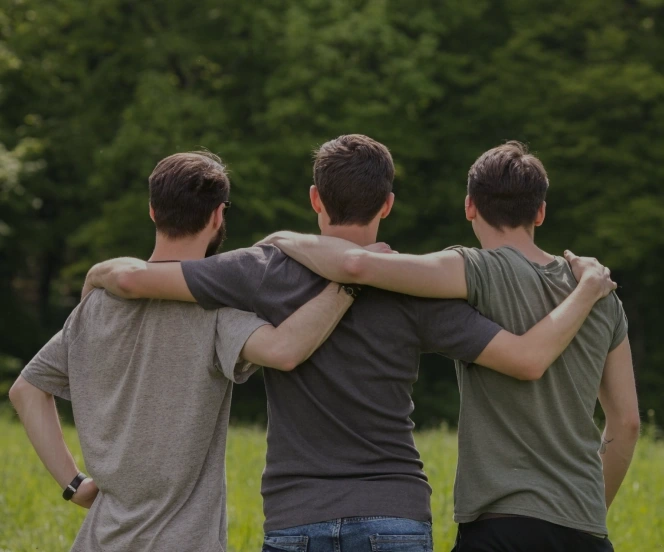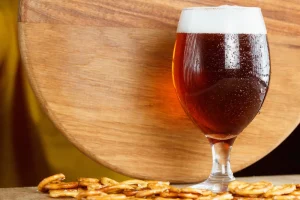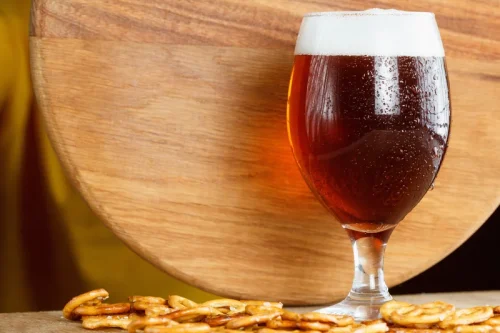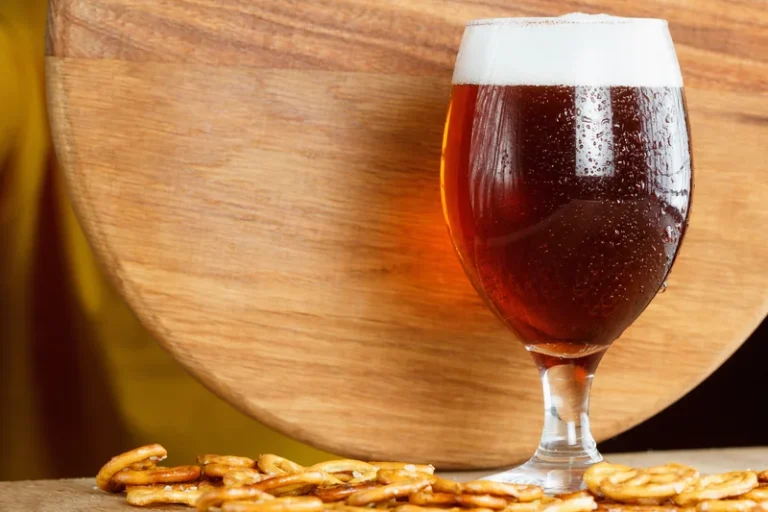
Binge drinking is a type of excessive drinking, where people consume a large quantity of alcohol in a short period of time. The 37 million binge drinkers had about one binge per week and consumed an average of seven drinks per episode. More research shows that even a single episode of binge drinking can have serious effects on all parts of your body, not just your brain. Binge drinking may seem sort of harmless on the surface, but to count the real cost you need to look beyond the day-after-downsides and consider the short and long term health risks.
- Our gut microbes, some of which can double in number every half hour, respond quickly to our dietary and drinking habits.
- Many alcoholic beverages have lots of calories, and you might not notice that because they’re so easy to consume.
- So while naltrexone may be employed during treatment, it’s important to consult with a healthcare provider and/or addiction specialist to determine the best form of treatment for your unique needs.
- Binge drinking can lead to anti-social, aggressive and violent behaviour.
- Excessive alcohol consumption can also put people at significant risk of a deadly overdose.
Short-term Risks of Binge Drinking
For example, any amount of drinking increases the risk of breast cancer and colorectal cancer. As consumption goes up, the risk goes up for these cancers. The bottom line is that alcohol is potentially addictive, can cause intoxication, and contributes to health problems and preventable deaths.

Treatment
To help an underage drinker drop the habit, you’ll need to understand their motivations and be willing to converse with them in a nonjudgmental way. Because underage drinking can come with legal consequences, it’s also necessary to establish rules and consequences. If no one’s pressuring you, but you still feel a desire to fit in, have a non-alcoholic beverage. Simply having a drink to sip on might make you feel more at ease.

The connection between binge drinking and alcohol abuse
Contact us today to find out which program might be right for you, or to begin the process of arranging for treatment. Alcohol use disorder is a treatable condition with a proper and sustainable recovery program that is tailored to your needs.9 Starting recovery as soon as possible is ideal; begin your road to recovery journey today. And the same goes for driving or if you need to be alert and able to react to changing situations.

Notably, binge drinking alone accounted for a significant portion of these costs, specifically 77%, totaling $191 billion. Here’s what you should know about binge drinking and the problems it poses to our long-term health. A common assumption is that only young people are at risk, but that’s not true. “It’s occurring in patients over 65 at an astronomical rate, with one in six reporting binge drinking,” says Brett A. Sealove, M.D., chief of Cardiology, Jersey Shore University Medical Center. So while naltrexone may be employed during treatment, it’s important to consult with a healthcare provider and/or addiction specialist to determine the best form of treatment for your unique needs.

Short-Term Effects of Drinking

Treatment and ongoing support can help people safely stop drinking, manage withdrawal, and avoid relapse for the rest of their lives. In the United States, people younger than age 21 are not legally able to drink alcohol. Binge drinking can be a way for some individuals to cope with stress, binge drinking effects anxiety, or other negative emotions. They may turn to alcohol as a form of temporary escape or self-medication to alleviate emotional distress. Eating disorders are complex mental illnesses, influenced by a range of factors.
- Binge drinking is a concerning behavior with far-reaching causes and effects.
- Excessive alcohol use is a term used to describe four ways that people drink alcohol that can negatively impact health.
- The answer depends on your sex, age, body mass, metabolism, the type of alcohol, and more.
- Or perhaps you later feel shame and embarrassment about things you said and did while under the influence.

